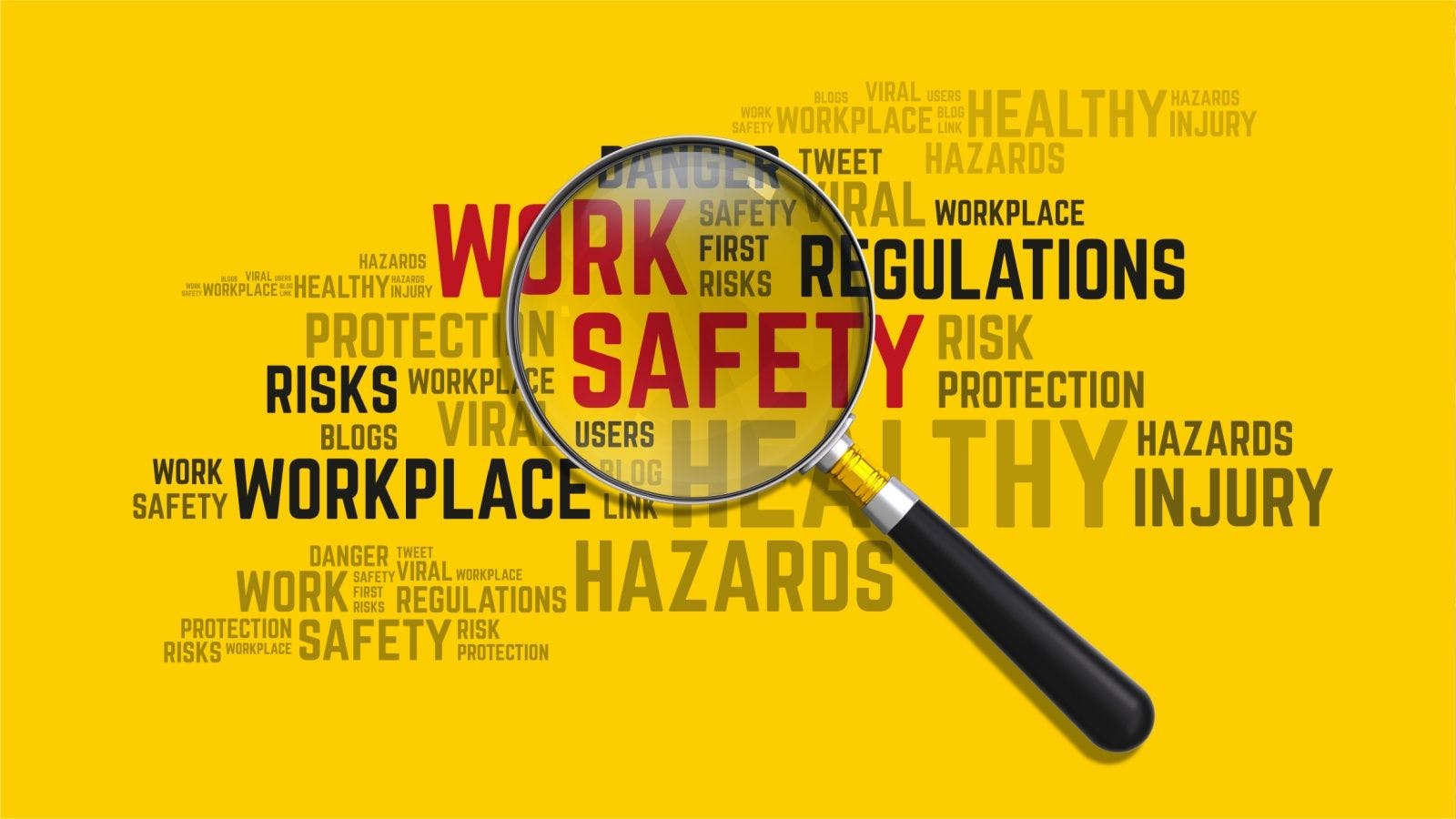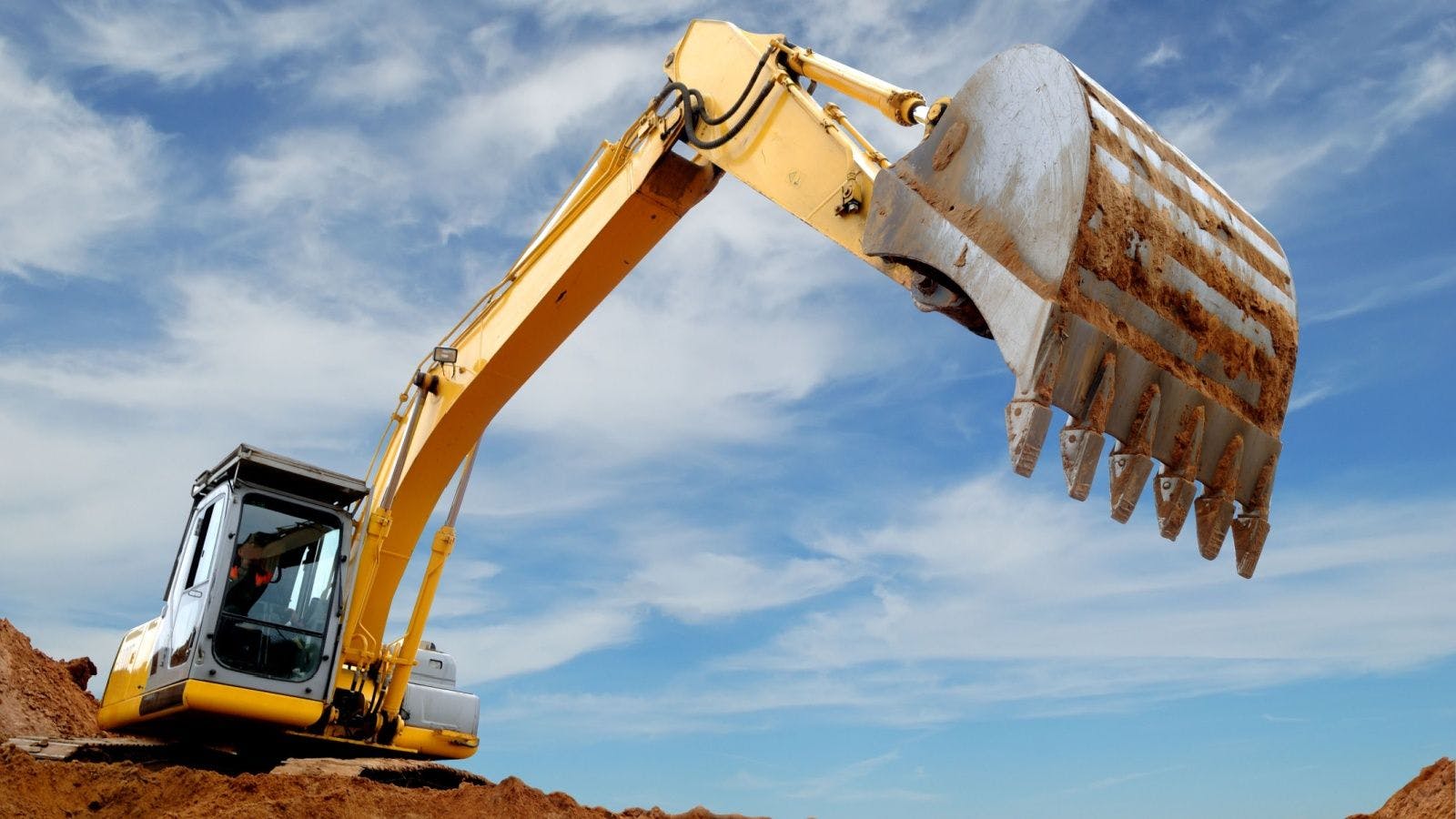
Document Everything
Every construction project combines a vast array of symbiotic disciplines. When synchronized brilliantly, the artistic blend of architectural design, engineering and oversight can achieve spectacular results.
But unlike a movie, sculpture or painting, everything must work precisely, efficiently and in unison to perform up to spec in the real world. The Millennium Falcon in Star Wars may look good, but then again it wasn’t actually designed to fly in space. This is unlike the myriad of roads or bridges that must withstand the daily rigors of hundreds of thousands of vehicles or the structures, buildings and dwellings that must also comfortably accommodate the ongoing needs of everyone their built to serve.
As a result, much can go wrong once the planning ends and the general contractor, construction manager at-risk or trade contractor sets out to turn even modest designs into reality. The inability to properly identify potential field or jobsite problems is just one of example of the many challenges that can delay or doom projects anywhere during their lifecycles. Even a preliminary geotechnical investigation that fails to reveal a seam in the bedrock can result in the building’s piles being driven to what can seem like the other side of the earth.
Once the work begins, how important is it to quickly, flexibly and adeptly adapt to changes in the field? What are the appropriate steps for ensuring the efficacy of these changes? How should they be reviewed and approved? What is the possible exposure to liability if things don’t work as planned?
First, shop drawings are commonly used as design notes that detail the field changes to approved plans and specifications. Typically made to save time, cost or deal with an unexpected field condition, most of these changes cannot be implemented until they’re approved by an engineer or engineering team.
Here’s how the process for submitting, reviewing and approving shop drawings normally works. Some general contractors use construction management or project management software. Once made, the shop drawings are usually submitted from the field via email to the general contractor or posted by the subcontractor in draft form to the project management program. After their review, the general contractor submits its digital comments directly into the project management program for the oversight of engineers, who will post their comments back into the system for further general contractor review. If approved, the final changes are then forwarded to the field for implementation.
Almost all construction field personnel, including subcontractors, carry or have ready-access to computer tablets so they can view these changes and/or related data or information near-instantaneously in the field. However, depending on the severity or extent of the change, there are instances when subcontractors will accept documented phone calls that outline the revised plans. Field changes that don't need to be formally approved by the engineers are oftentimes posted in either a confirming document or in as-built submittals at the project close. Then again, the engineers may demand the stamp of approval on every change document. But this is out of the norm since most engineers are sensitive to the timeliness of these changes and will likely trust the general contractor or trade subcontractors to make the prescribed project upgrades
What happens when the process fails? Who’s liable for the delays, cost-overruns, claims, litigation and even possible injuries that can result from the problems in the field?
Most experienced consultants and carriers will always start their investigations with the paper trail. That’s why it’s so important to document everything. Even the slightest errors can cause complications.
Designed to protect insureds from the damages arising from professional service acts, errors and omissions performed by or on behalf of any construction firm, most Contractors Professional Liability (CPrL) policies will cover the negligent wrongful professional acts, such as field changes that vary from plans and specs. However, this coverage is often dependent on the particular wording of the contractor’s policy as well as the approval process and the documentation outlining the changes.
Subsequently, never underestimate the power of the paper trail. The notes and approvals documented in real time can make all the difference between ensuring the proper coverage is in place when needed and the dreaded denial of crippling financial claims.
Mitch Cohen, PE, has nearly 30 years of experience working as a professional civil/structural engineer, environmental and construction consultant, environmental contractor and insurance broker. RT Environmental and Construction Professional is a division of R-T Specialty, LLC (RT) a Delaware limited liability company headquartered in Illinois. RT provides wholesale brokerage and other services to agents and brokers. As a wholesale broker, RT does not solicit insurance from the public. Some products may only be available in certain states, and some products may only be available from surplus lines insurers. In California: R-T Specialty Insurance Services, LLC License #0G97516 (c) 2020 Ryan Specialty Group, LLC.
Related stories








